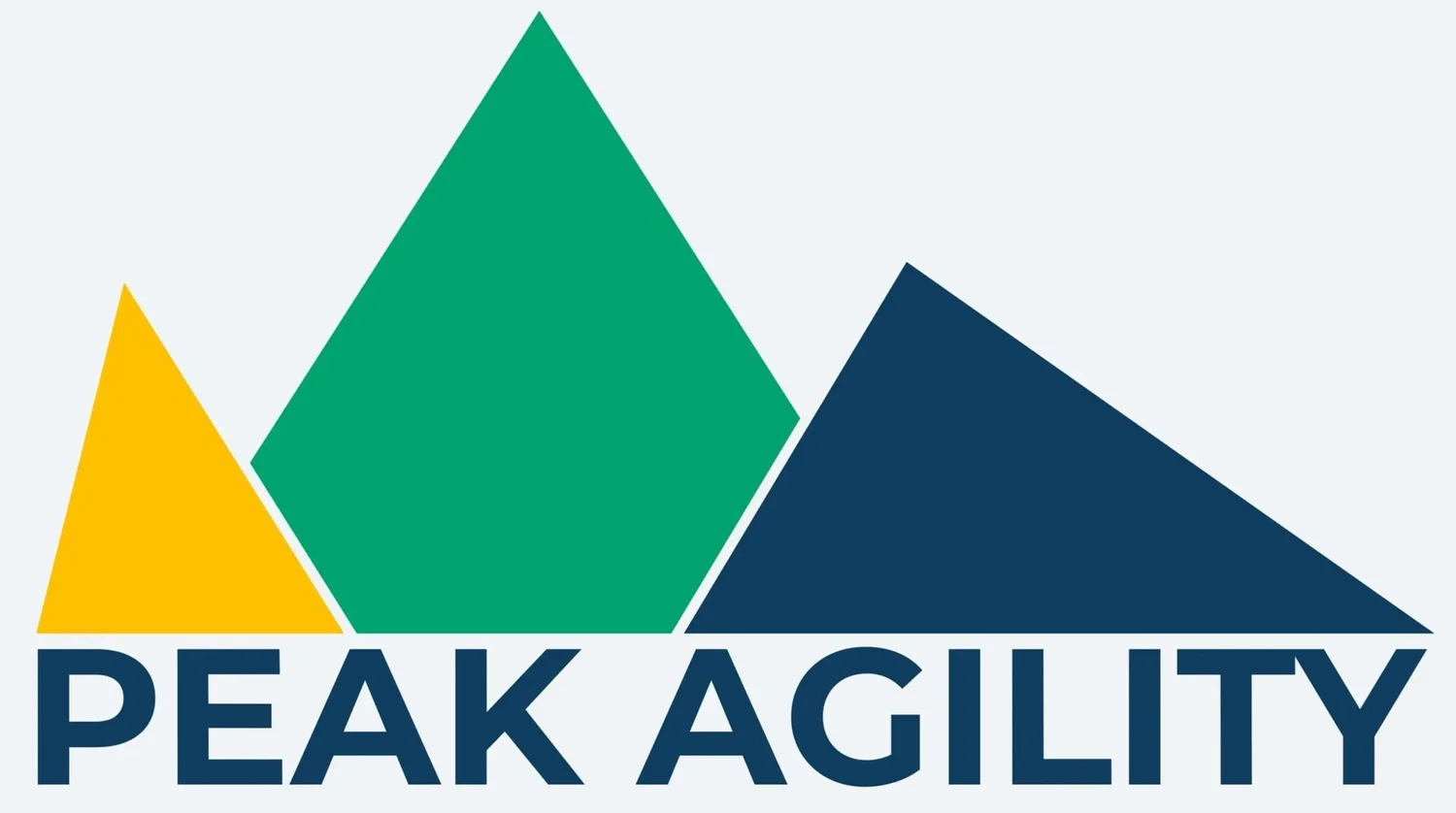You Belong Here: Five Ways to Conquer Imposter Syndrome in Your Fitness Class
Have you ever walked into a Pilates or Yoga studio and felt a little knot of self-doubt? Perhaps you’ve logged into an online class, seen the instructor move effortlessly, and instantly thought, "I can't do this," or "Everyone else is so much better." This common feeling has a name: Imposter Syndrome.
It’s the sneaky suspicion that your fitness achievements are a fluke, or that you’re about to be "found out" as not being a 'real' mover. At Peak Agility, where our whole ethos is about building confidence in how you move—regardless of your ability, injury, or mindset —we know this feeling can be a massive barrier.
Remember, finding a workout that feels right for you can be a challenge. Our approach is to break down those barriers, and that includes the ones you build in your own mind.
Here are five practical, accessible strategies to manage Imposter Syndrome and ensure your focus remains on your own unique pathway to movement.
1. Re - write Your Inner Story: Focus on the 'Why'
Imposter Syndrome loves negative self-talk that focuses on perfection. We counter this by reframing the thoughts to focus on your personal ‘Why’. Your goal isn't to look like the instructor; it's about connecting with your body and improving your wellbeing.
Action Step: When you catch yourself thinking, "My balance is rubbish," or "I'm not flexible enough," pause.
Instead of: "I’m the worst one here, I can't hold this pose."
Say: "I'm here to build strength and flexibility at my own pace. This movement is making my body feel more capable and my mind clearer today."
Why it Helps: This shift reclaims your session as a personalised journey, not just a workout. It moves you from comparison to self-care, a core foundation of your wellness.
2. Start a "Done List": Celebrate the Adaptive Journey
When you focus only on the end goal (e.g., mastering a headstand), it's easy to miss all the progress you make daily. For us, progress over perfection is key. This is especially true when offering adaptive training where every day’s energy level is acknowledged.
Action Step: At the end of each week, list three things you did in class, however small, that showed progress or self-compassion.
Example 1 (Physical Disability): "I used the chair modification, and my alignment felt better than last week."
Example 2 (Mindset Health): "I chose the mindfulness session and used the option to be off-camera."
Example 3 (General): "I finally remembered to breathe through the entire exercise," or "I listened to my body and took a rest when I needed to."
Why it Helps: This 'Done List' validates that you are on your unique journey. It shifts your focus from what you can't do to the small, steady actions you can take, cultivating your inner strength.
3. Normalise Setbacks: Embrace the Modification
In our sessions, we deliberately promote modifications for various physical abilities and energy levels. This isn't a sign of 'failure'; it's a feature of high-quality instruction and an act of self-respect.
Action Step: When a movement feels too intense, or you need to regress, embrace the modification immediately. After the session, acknowledge the choice you made.
Instead of: "I couldn't do the full version; I've failed."
Think: "I listened to my body, which is a sign of true strength and adaptive training. I chose the modification for my long-term well-being."
Why it Helps: You are building trust in your body and mind, which is the ultimate goal. Viewing the challenge as part of the process stops the modification from becoming a personal criticism.
4. Build a "Confidence Evidence" Folder
It’s easy to forget past successes when you’re focused on the one thing you can’t yet do. Create a folder (physical or digital) where you collect reminders of your wins and how movement has helped your overall wellness.
Action Step: Take a screenshot of a positive email from your instructor, save a simple "I feel great" note on your phone, or write down a specific moment where you felt empowered in a session.
Why it Helps: Having a tangible record of your accomplishments—your "Inner Strength Series" of wins —gives you something real to lean on when the voice of doubt starts to surface.
5. Prepare Strength - Based Talking Points: Own Your Presence
Imposter Syndrome thrives when you feel you need to justify your presence. You don't. You booked the class, and you showed up. That is enough.
Action Step: Before your next class, write down one simple, personal intention for that specific session. This is for you, not for anyone else.
Example: "My intention today is to focus on slow, mindful movement to reduce stress."
Example: "My intention is to use my breath as my anchor."
Example: "My intention is to only move as much as my body is willing."
Why it Helps: This focused intention defines your success for that hour. It makes it easier to dismiss the external noise and internal doubts because you already know your value: you are tending to your wellness, your way.
Final Thought: Your fitness journey, whether it's through Pilates instruction or Inner Strength Coaching, is a deeply personal one. Peak Agility is committed to being the supportive, non-judgemental space you need. Recognising Imposter Syndrome is the first step; responding with self-compassion and small, steady actions keeps you moving forward with clarity and confidence.
Ready to trust your growth and your movement? Book a Class online or face to face.
